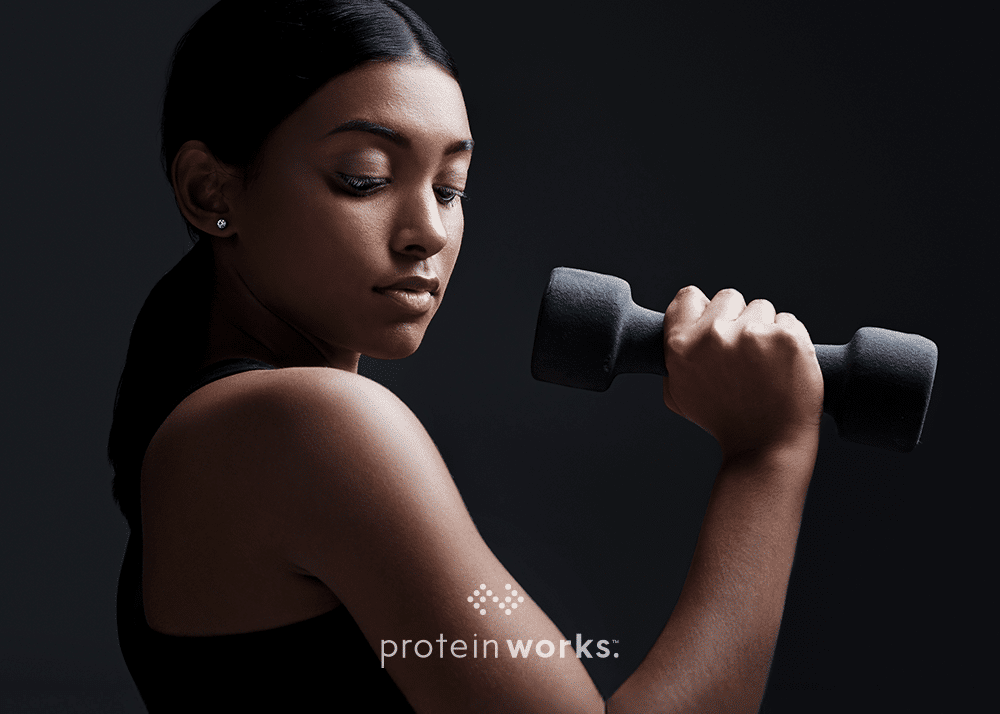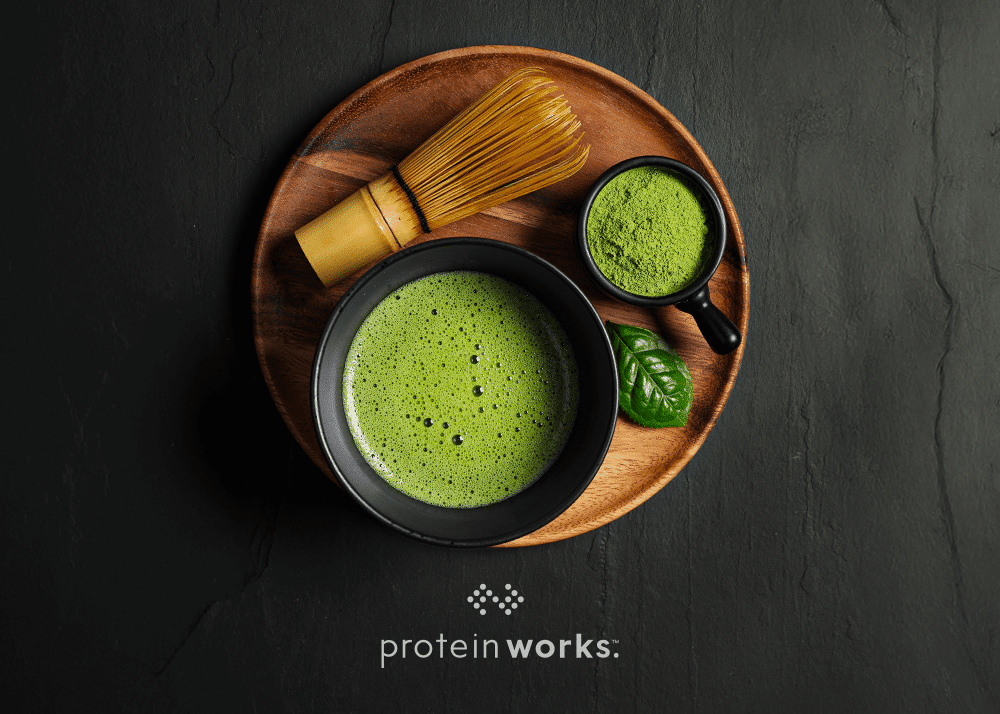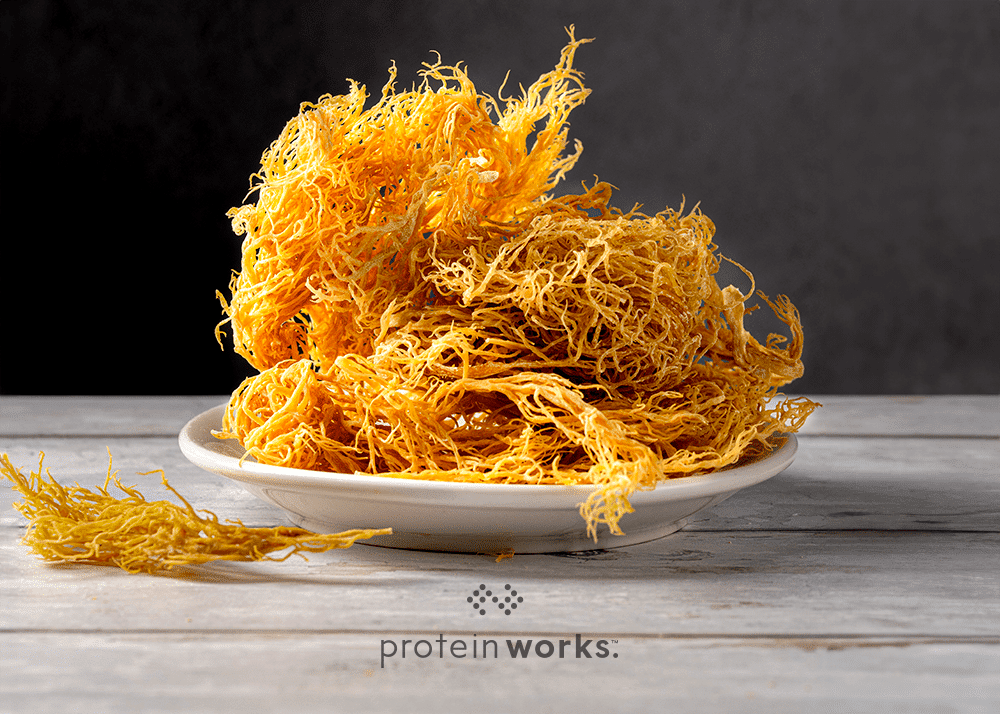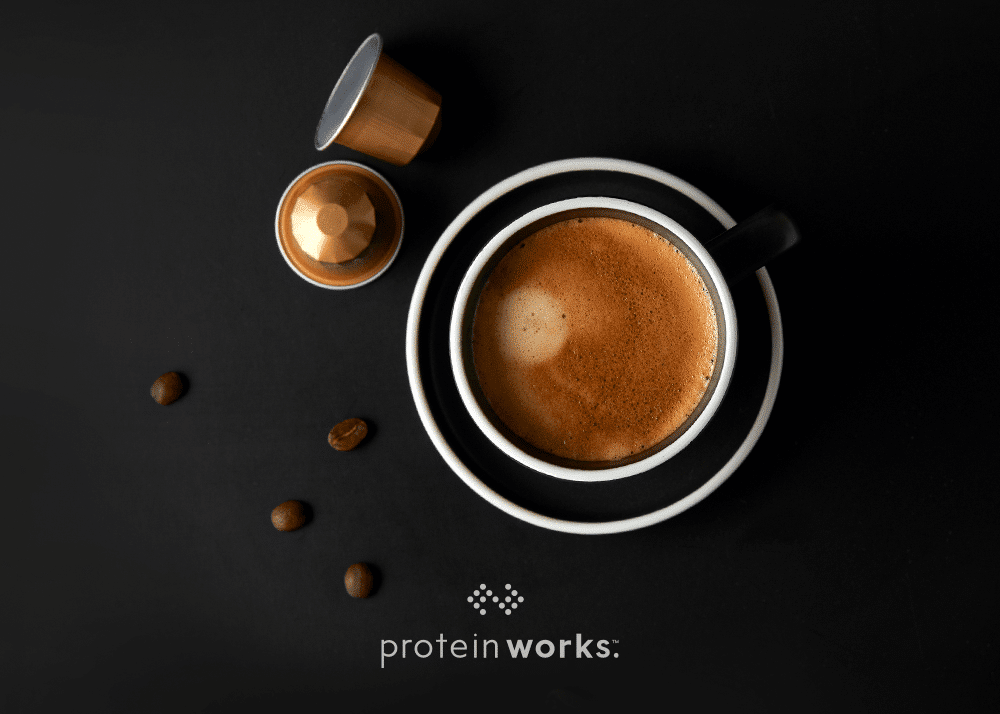
Why is Iron Important for Women?
If you’re here you’ve likely heard that iron is important for women. But what exactly are you supposed to do with that information?
What is iron? Why is it important? How much do I need? These are all questions that need answering.
So we’ll start at the beginning:
What is Iron?
Iron is an essential mineral that the body uses to make the proteins haemoglobin and myoglobin. These carry oxygen from the lungs to across the body to help support our immune system, energy production, and cognition. Yet, despite its importance, iron deficiency (ID) is one of the most common nutrient deficiencies worldwide, and women, particularly those of reproductive age, are at a heightened risk.
Why Women Should Pay Attention to Iron
Iron and Puberty
After puberty, a woman’s iron requirements increase due to the onset of menstruation. This is because the cyclic loss of blood places them at higher risk for ID and iron deficiency anemia (IDA)*. As of 2024, it was estimated that 8% of UK women have IDA, rising to 12% in premenopausal women. Globally in 2019, 29.9% of women at reproductive age were anaemic, which is the equivalent to over half a billion women between 15-49 years old.
*in case you’re wondering ‘Amber, what’s the difference between ID and IDA’, i’ve got you – ID simply means you have low iron stores below the body’s requirements, whereas IDA means your body doesn’t have enough healthy red blood cells to carry oxygen around the body, which can be caused by low iron stores.
You still with us? Good.
Iron and Premenstrual Syndrome (PMS)
If you’re someone with a menstrual cycle, you’ve likely experienced PMS. Well, in case you needed more reasons to increase your intake of plant-based foods, one study found that higher intakes of non-haem iron (found mainly in plants) reduced the risk of PMS by 36%!
A possible explanation for this is because iron plays a role in neurotransmitter production, which in turn can influence mood and behaviour. By increasing your intake of non-haem iron, therefore, risk for PMS-related mood and symptoms like irritability and fatigue may lower.
Iron and Fertility
Whilst the jury is still out on this matter simply down to the fact there is not enough consistent evidence, some studies have also shown non-heme iron to be linked to an increased chance of pregnancy.
One study took 2,969 North American women and found that for those who experienced heavy menses (thus likely at a higher risk of ID) or had short menstrual cycles, consuming more non-heme iron was associated with slightly higher chances of conception. Similarly, in a study involving 1,693 Danish women, non-heme iron was associated with a slightly increased chance of pregnancy for those who had previously given birth.
If you are someone who has a heavy menstrual cycle, get your iron levels checked by a healthcare provider. They will provide support for next steps.
Iron During Pregnancy
During pregnancy, Iron is especially critical as the body’s blood volume increases dramatically, which in turn increases the demand for haemoglobin, thus iron (because to produce haemoglobin, you need iron). Adequate iron intake also supports foetal brain development and a reduced risk of preterm births, low birth weight, maternal illness.
If you are pregnant – firstly, congratulations! – and secondly, iron levels should be routinely measured at the first antenatal appointment and again at week 28. If your levels are running low, then this should be picked up routinely. However you can talk to your doctor or midwife if you’re concerned.
Women Groups at Higher Risk of Iron Deficiency
In addition to menstruating, pregnancy-planning, and childbearing women, other groups are also at a higher risk of iron deficiency. These include:
-
Vegetarians and Vegans
Iron from plant-based sources is less well-absorbed because other substances found within plants, like phytates, can bind with iron, thus reducing how much the body absorbs.
However, before you start thinking about avoiding plants, consuming iron from plant-foods can actually offer some benefits over animal-based iron.
Our bodies – being as smart as they are – can adapt to increase iron’s absorption when it detects our body stores are low, and turn down absorption when our stores are high. Now, because animal-sourced iron gets readily absorbed regardless of our iron status, and our bodies have no mechanism of getting rid of excess iron, animal products can increase our risk for iron overload, and thus its associated health consequences.
Conversely, because plant-based iron is not as bioavailable, it essentially allows us more control over absorption. This may explain why, despite vegans and vegetarians tending to have lower iron stores, their actual prevalence of ID is no greater than non-vegetarians.
Plus, plants are loaded with fibre, phytonutrients and antioxidants, so we don’t want to be avoiding them. Women on vegetarian or vegan diets should monitor their iron intake and look to boost absorption. More info on this later!
-
Endurance Athletes
Female athletes, especially runners, are more prone to iron deficiency not only due to blood loss from menstruation, but from increased red blood cell breakdown, iron loss through sweat, and exercise-induced inflammation.
-
Women with Digestive Disorders
Conditions such as Coeliac Disease, Crohn’s Disease, or Ulcerative Colitis can affect iron absorption, leading to a risk of deficiency despite adequate dietary intake. This can be due to a number or reasons relating to the damage or disruption these conditions cause to the gut, which can then result in blood loss and/or decreased nutrient absorption.
How Much Iron Do Women Need?
Iron needs vary by age and life stage, and can also be different from country to country. Please always seek support from your healthcare provider for personalised advice if you are unsure.
Below you will find the the US’s Recommended Dietary Allowance (RDA) and the UK’s Reference Nutrient Intake (RNI) for iron:
- Women 19–50 years – US RDA = 18 mg per day, UK RNI = 14.8mg per day
- Pregnant women: US RDA = 27 mg per day, UK states no increase from 14.8mg per day
- Lactating women: US RDA = 10 mg per day, UK guidance states no increase from 14.8mg per day
- Women 51+ years: US RDA = 8 mg per day, UK RNI = 8.7mg per day
RDA means the average daily intake sufficient to meet the nutrient requirements of nearly all (97%–98%) healthy individuals.
RNI means the amount of a nutrient that is needed to ensure that the needs of nearly all of the population group (97.5%) are being met. RNIs are not recommendations for individual people but estimates of the requirements for groups of people.
- Female athletes: While it’s well understood that exercise increases iron loss in women, evidence of its adverse effects on body stores is limited. As a result, no specific revised nutrient intake recommendations exist for female athletes.
- Vegans and Vegetarians: it has been suggested that vegans and vegetarians could benefit from consuming an additional 1.8 times iron’s RNI due to plant-based iron’s lower bioavailability (1,2). However, this could place individuals at risk of exceeding iron’s upper intake limit. At this time, the evidence remains inconclusive and no official guidance exists on whether separate guidelines are required.
Tips for Enhancing Iron Absorption
To enhance absorption, try to pair non-haem iron sources with vitamin C-containing foods such as citrus fruits, bell peppers, strawberries, and tomatoes. Beta-carotene-containing foods like carrot and sweet potato, as well as alliums from garlic and onions, can also enhance absorption.
Avoid consuming foods and drinks with tannins and polyphenols, like tea, coffee, and chocolate, during an iron-rich meal. These can inhibit iron absorption. Instead, have them at least one hour before or after the meal. The same applies to calcium supplements
To further support women looking to supplement their diet, we’ve developed Sune™, a protein powder formulation that includes Iron, vitamin B12 and magnesium, and is made without caffeine, dairy and gluten
Medical Disclaimer
The information provided within this blog is for general knowledge and informational purposes only. It is not a substitute for individually tailored professional medical advice, diagnosis, or treatment. Always consult with your healthcare provider before making any decisions related to your health.





